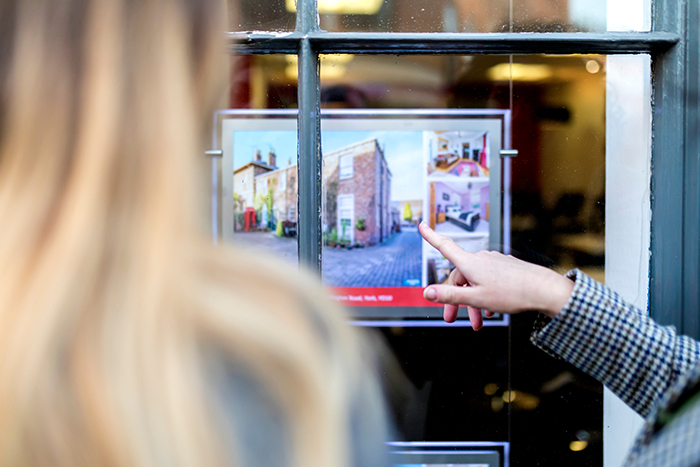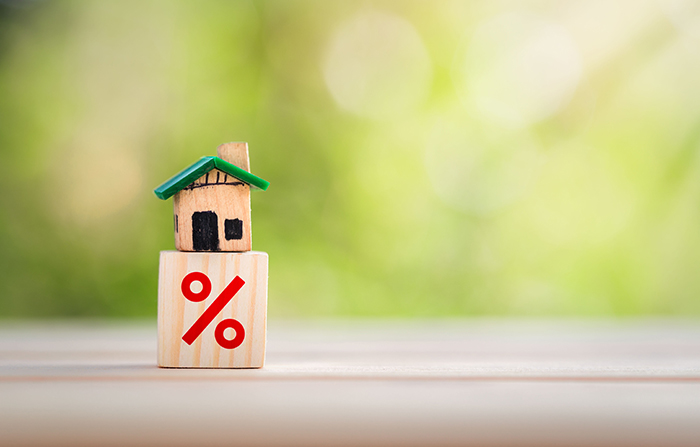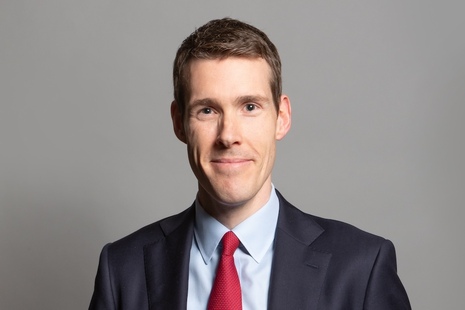
House prices remained flat at £296,665 in June after a dip of 0.3% in May, the latest index from Halifax shows.
Annual growth has edged downwards to 2.5% from 2.6% the previous month, but activity is picking up pace, according to the lender.
First-time buyer numbers have returned to the levels seen before the stamp duty deadline.
Northern Ireland once again saw the fastest pace of annual house price inflation in the UK at 9.6% taking the average cost of a home to £212,189.
In Scotland, prices rose by 4.9% year on year to reach £214,891.
Property prices in Wales increased 3.9%, to an average of £229,622.
Within England, the North West had the highest house price inflation at 4.4% over the last year to £241,938.
The South West and London continue to see the weakest growth, with prices rising by 0.5% and 0.6% respectively.
However, the capital remains by far the most expensive place to buy in the UK with the average home now £540,048.
Halifax head of mortgages Amanda Bryden says:“The market’s resilience continues to stand out and, after a brief slowdown following the spring stamp duty changes, mortgage approvals and property transactions have both picked up, with more buyers returning to the market.
“That’s being helped by a few key factors: wages are still rising, which is easing some of the pressure on affordability, and interest rates have stabilised in recent months, giving people more confidence to plan ahead.
“Lenders have also responded to new regulatory guidance by taking a more flexible approach to affordability assessments.”
Bryden says that over the past two months an extra 3,000 buyers have been able to qualify for a Halifax mortgage that they would not have been able to access before the change, including more than 1,000 first-time buyers.
Nevertheless, she says: “Affordability is still stretched, particularly for those coming to the end of fixed-rate deals
“The economic backdrop also remains uncertain; while inflation has eased, it’s still above target, and there are signs the job market may be softening.
“But with markets pricing in two more rate cuts from the Bank of England by year end, and the average rate on newly-drawn mortgages now at its lowest since 2023, we continue to expect modest house price growth in the second half of the year.”
Quilter mortgage expert Karen Noye says that today’s figures look more positive than other recent indices, which have shown a drop in prices, but challenges remain.
She says: “Prospective buyers had been clinging onto hopes that mortgage rates would continue to fall, but progress has mostly stalled for now.
“The Bank of England recently reported a paltry 0.02% fall in the effective interest rate on new mortgages in May, bringing it to 4.47%.
“This leaves buyers paying considerably higher rates than those enjoyed a few years ago and may price out many buyers who are now also facing elevated upfront stamp duty costs.
“Meanwhile, net mortgage approvals for house purchases – an indicator of future borrowing – stayed relatively flat at 63,000 in May.
“While this was the first increase since December 2024, it was only marginal, suggesting that while there has been a slight lift in buyer confidence, the market is likely to remain sluggish for some time yet.”
North London estate agent and a former Royal Institution of Chartered Surveyors residential chairman Jeremy Leaf says: “More stock, not only means greater choice, but extra buyers.
“The growth in new business is proving resilient while existing sales are continuing despite some renegotiations supported by wage growth above inflation and stable mortgage rates.
“However, optimism with regard to further rate cuts this year has been partly offset by worries of tax increases in the autumn.
“The net result is slower, longer transactions and softening prices so sellers, particularly of higher-value homes, need to recognise market sensitivities if they want to stand out from the crowd.”



